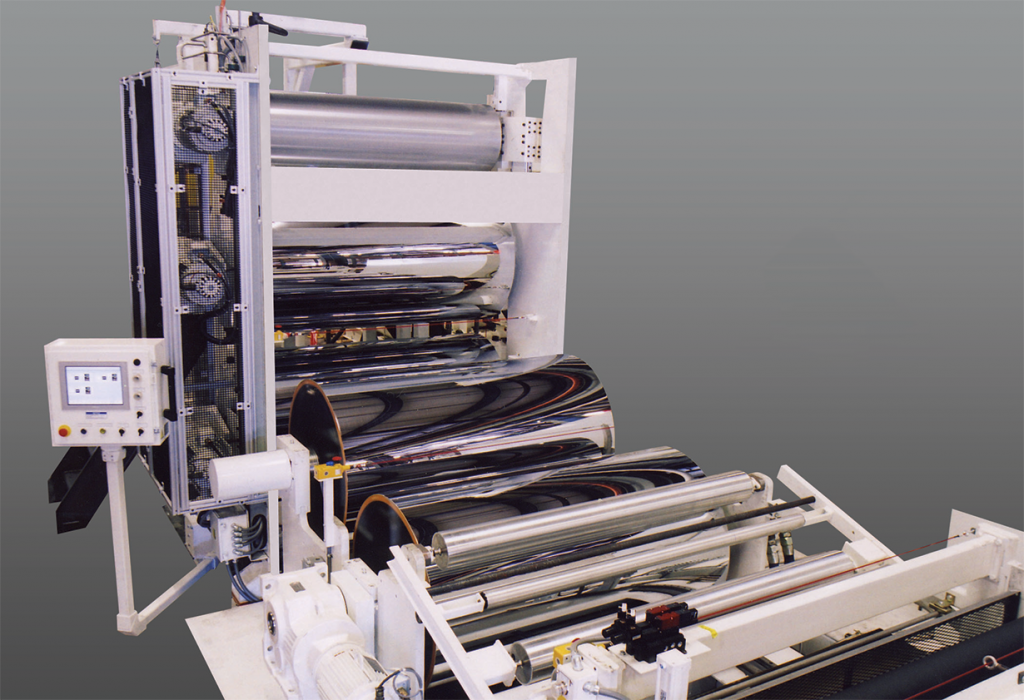
Quality and consistent sheet depends on a well-maintained roll stand. A regular maintenance schedule also protects the value of your investment! Required maintenance for specific roll stand and pull roll assembly components should be done in accordance with manufacturer instructions. Using daily, weekly and monthly checklists are an excellent way to develop a consistent maintenance routine.
For the purpose of this blog, our team has outlined important disassembly and reassembly criteria when cleaning, maintaining and inspecting roll stand components. This includes bearings, rolls, slitter knife blades, the hydraulic unit, motor and more. Following these criteria supports the integrity of roll stand components.
Electric controls and power cables – Be sure to follow your company’s established Lock Out/Tag Out procedures before servicing of the roll stand. Before disconnecting any wiring that does not have plug-in connectors, ensure color coding is clearly identifiable or tag each wire carefully for reference at re-assembly. Re-tighten electrical connections in the panel and in j-boxes as needed.
Rigging parts for removal/replacement – Roll stand parts are heavy. Be sure to provide adequate rigging for lifting and supporting heavy parts before attempting to dismantle any equipment.
Cleaning – When disassembling components, clean all parts with a suitable solvent (mineral spirits or equivalent) to remove all scale, grease, grime or dirt. Use lint-free clean cloths and air dry after cleaning. Clean all parts and inspect for scratches, cracks, burrs, flaking, pitting, scaling or discoloration of mating or lead-bearing surfaces.
Seals – Replace all seals, o-rings and gaskets that are removed or disturbed during disassembly procedure. Make sure seals and o-rings seat properly during assembly.
Oil and cooling passages – Wire brush and pressure flush passages, blow-dry with compressed air.
Pre-lubrication prior to re-assembly – Lightly lubricate all seals, bearings, bushings and gears with lubricant oil before installation. Do not over lubricate.
Roll gap calibration – With hands-free roll gap systems, but sure to check the calibration at regular intervals. Maintain recommended calibration for best results.
Align parts during re-assembly – Because of the weight of these large parts, use guide studs during re-assembly to ensure proper hole and dowel pin alignments. Upon re-assembly, tighten all bolts, screws, nuts and fasteners in accordance with torque requirements specified. Always use the same type of bolts specified on the component parts list. For component assemblies supplied by Davis-Standard, refer to the supplied manufacturer’s manuals for proper torque requirements.
In addition to the tips above, always do a proper inspection and cleaning with regard to filters, oil, air and water operation. Water quality and maintaining balanced (soft) and clean water is especially important. If you own a Davis-Standard roll stand, you can find detailed maintenance procedures and recommendations in the Operational and Technical Instructions for XP Express Roll Stand manual. You can never review safety and maintenance procedures too much! And if you need a spare part, do not hesitate to contact us. We keep a well-stocked inventory of frequently used parts.
For emergency support and service call 844-MYDAVIS.
Have other questions? Email marketing. Stay safe and healthy!
Cheers,
The D-S Connect Blog Team
P.S. What else do you do at your facility to make sure your equipment is ready to roll?
